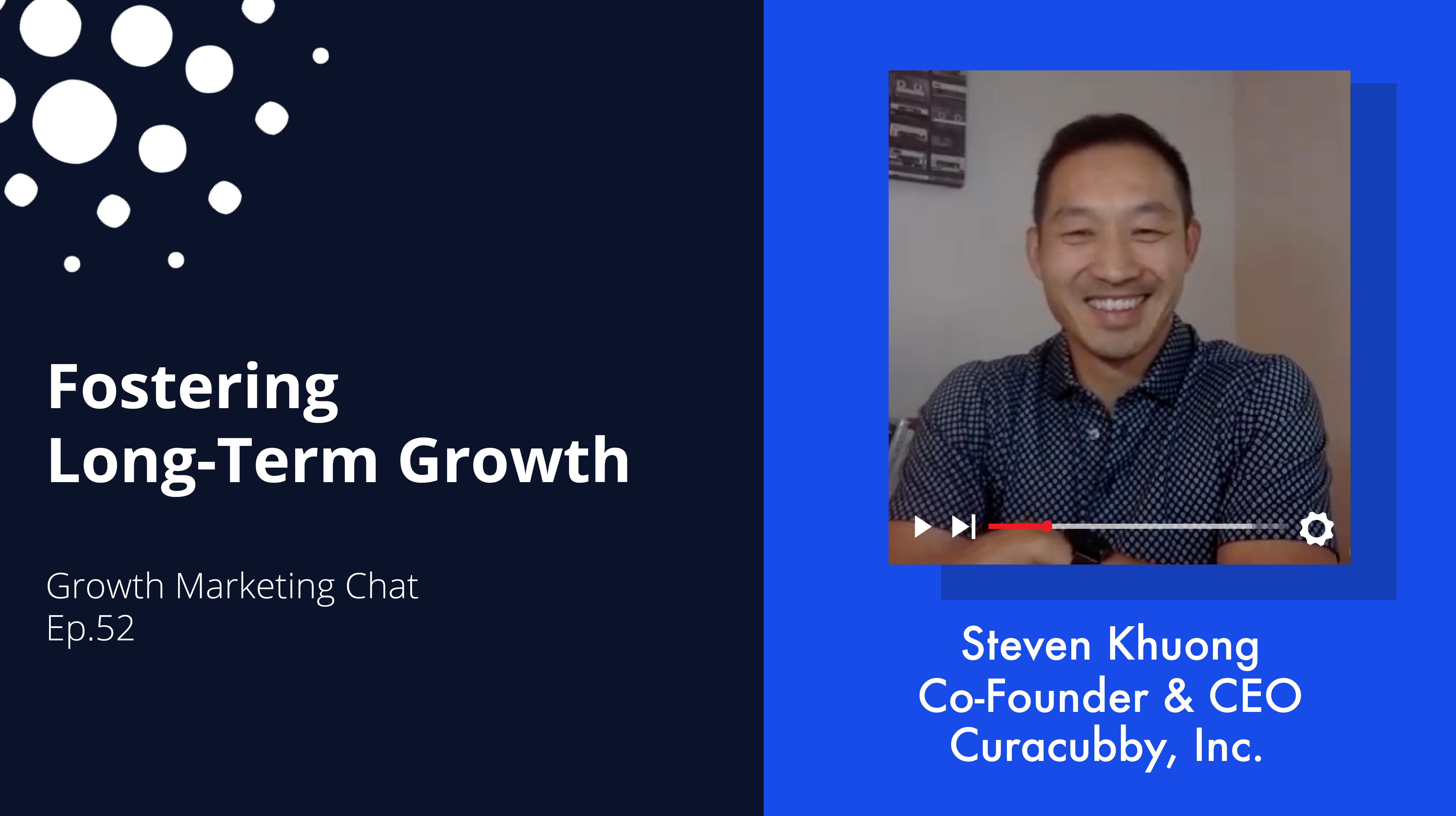
Being a sales rep has always been a difficult job. The massive changes and stresses of Covid have only made the task of selling harder. Most B2B sales reps are given a quota to hit and are then tossed into the deep end to sink or swim.
But, while talent decides whether or not a sales rep becomes a superstar, anyone can become a successful rep with the right environment, training, and tools. If your team is consistently failing to hit their numbers, or if you want to make sure they are performing at their best, you’ll want to review what they might be lacking.
Your team is likely being stopped from hitting their numbers by a lack of open conversation, lack of initial investment, or lack of a buyer perspective. Let’s see how you understand and address each concern.
1. Lack of Open Conversation
A key theme we find repeatedly is that everyone defaults to taking shortcuts when they can. It’s not a character flaw. It’s rational to try and accomplish as much as possible with as little effort.
For sales leadership, there is a tendency to want open and honest conversation but to skip the effort needed to make it possible. You’re busy, so you throw a weekly stand-up on the calendar and tell the team your door (or inbox) is always open. Then you get back to work.
But you haven’t taken the time to make sure your sales team trusts you, understands you, and can work through difficult conversations with you. When your sales team feels they can’t talk to you, they don’t let you know their real concerns, they aren’t motivated, and they become disconnected from work. All leading to missed sales opportunities.
Build Trust Virtually
Before remote work, sales teams and leaders regularly had downtime together, naturally building trust and a sense of community. By having communal space, you could talk with people while making coffee, maybe play a game of ping-pong, or eat lunch together. As a manager, you could confidently know your team’s personalities, work ethic, and challenges.
But with Covid, remote work became the norm. There is a lot of uncertainty going forward around what teams can expect from their work environment and how to foster a spirit of community. HubSpot Senior Growth Specialist, Sarina Kowaguchi, captures the mood for sales, “On top of [new remote work policies], they might have to deal with the implementation of new technology to foster remote sales, marketing, and services coordination. I believe flexibility and willingness to change will be key attributes in the coming year — as it was in the past year as well.”
To figure out how to use Zoom calls, polls, Slack channels, and tech to build the teamwork and trust that would typically happen organically, it’s helpful to not assume reps will raise their hand and want to bother you while you’re working. Be proactive in starting conversations, set aside space for humor and pop culture discussion, and be flexible in meeting the changing needs of the team.
Be Prepared to Readjust Goals
When it comes to deciding, hitting, and readjusting quota, make sure your team understands the thought process and math behind it. Walk your team through how their goals are developed from revenue targets, conversion rates, and meeting numbers. As the quarter goes on be prepared to meet with the team and readjust as needed.
VP of Marketing at Balto, Lauren O’Brien, explains in her interview with ProperExpression, “if you're in a quarter and 50% of your pipeline is generated by outbound, that's great, but it might not close at the rate you need it to hit the revenue target that quarter….So we typically have weekly meetings where all the sales and marketing leaders are taking a look at this data together to see how we're tracking.”
Include your sales team in the thought process and listen to their feedback. By knowing why their numbers are what they are and why they are being readjusted (maybe even suggesting it themselves), your sales team is connected to their goals and is motivated to achieve them.

2. Lack of Initial Investment
Remember how we mentioned that everyone takes shortcuts? When new sales reps are brought on, management likes to get them up and running as fast as possible. Sales reps then find the easiest way to hit their quota. But often the natural processes that pop up aren’t sustainable. Instead, time and energy need to be invested in the sales team to do things the right way.
Here’s a real-life example. A sales rep on the team had fantastic meeting numbers over the rest of the team. Their secret? They got to work an hour earlier than everyone else and reached out to all the new inbound leads before anyone else could see them. They were working smarter not harder, but their method wasn’t fair or sustainable.
Understand the Needs for Sales Efficiency
So, how can we make sure everyone on the sales team is on equal footing and fully equipped to do their job? The default is to give reps an inbox, a CRM, and a web browser and tell them to get to it. But what do they actually need?
ProperExpression lists the key ingredients for sales efficiency:
- Sales Coaching: Teach them what works.
- Funnel Planning: Share accurate forecasts and priorities.
- Sales Automation: Get rid of tedious busywork.
- Sales Enablement: Provide tools and collaboration.
- Sales Collateral: Prepare accessible marketing materials.
- Customer Marketing: Develop targeted campaigns.
Turns out your team requires a lot from you to be successful. Some like to say that a poor craftsman blames their tools, but high-quality tools and resources make all the difference.
You wouldn’t want to live somewhere that gives the cheapest clothes, equipment, and vehicles to the fire department and then says, “Don’t worry, we only hire the best.” You’d want them to have the best of everything they need because you know that’s how you get the best outcomes (your house not burning down). The bigger the investment, the bigger the return.
Take the Time to Do it Right
Investment isn’t limited to cost and resources, but also time. Initial sales training can take over three months for a new employee. Your whole team is going to need that level of training when new technology and processes are put into place.
You can wisely use downtime throughout the year, such as the holiday season for most B2B companies, to train, expand skillsets, and revise sales processes. But, sometimes you’ll need to take a full quarter and make major structural changes to the team. Pipeline and sales will go down during this period. Don’t panic. Your past process had hit its maximum return. Once you ramp up your new sales approach, you’ll reach much higher.
Sales reps never want to miss out on commission, and managers never want to miss their numbers. So, they’ll cling to what they know works out of fear of the unknown. Address those concerns, provide space for learning (and the mistakes that come with it), and be confident your team will be better for it.
3. Lack of a Buyer Perspective
So, why do we need to have all this conversation, team building, and training for sales? Because the market is always changing and evolving. Covid has only sped up the trends we were seeing previously. Buyers expect sales to be more digital, more independent, and more personalized. Companies need to match their expectations.
Early millennials are starting to reach their forties now. Buyers are used to being able to do their research on major purchasing decisions. When they decide to interact with sales teams, they expect their unique needs to be addressed. Sales needs to fully take on their buyer’s perspective. You can no longer do what’s easiest for you. You have to do what’s easiest for them.
Expect Independent Digital Buyers
Whether because of generational differences or simply changing expectations, buyers frequently are not receptive to sales and marketing outreach until they have already decided to buy. Once they decide to be in the market, they prefer to sidestep sales reps as much as possible and do their own research.
Gartner finds that “70% of sales reps cite access to stakeholders as a primary challenge due to increased digital buying.” In additional research as part of their Future of Sales in 2025 report, they find that “B2B buyers spend only 17% of the total purchase journey with sales reps. Because the average deal involves multiple suppliers, a sales rep gets roughly 5% of a customer’s total purchase time. And 44% of millennials prefer no sales rep interaction at all in a B2B setting.”
To grab a buyer’s attention, sales reps have to provide immediate value and assistance. Be prepared for buyer uncertainty and the desire for independent assurances. Third-party research, in-depth customer testimonials, and aggregated reviews should all be easy to find online and be provided by sales reps.
Switch to Account-Based Selling
As we come back again to bad habits learned as shortcuts, one of the biggest is casting too wide of a net with outreach. Generic, non-personalized emails, ads, and phone calls are becoming seen as spam to be blocked and avoided.
HubSpot Sales Manager, Jayme Manos, shares, “I believe that non-personalized sales email blasts will become even less effective. Reps will need to ensure they've not just researched an account, but that they come with a strong 'point of view' and a very clear call to action, regardless of medium.”
So, what is the solution? Switch to an Account-Based Sales model (ABS). Better to land one big fish instead of watching 100 minnows slip through your net. It takes the investment we’ve been talking about, but it works. And, you can still go after low-hanging fruit as long as you do so intelligently.
For example, one of SalesIntel’s offerings is Buyer Intent data. We’ve already established buyers are searching independently. Intent data tracks account behavior online and highlights companies that are likely in the market for your solution. You then have a chance to reach out and provide personalized assistance to them. You get the chance to talk to warm prospects and help them through the decision process instead of waiting for them to reach out.
Maybe Buyer Intent data won’t be part of your ABS approach. But, begin exploring the updates and investments that will increase your team’s success.
Go from Lacking to Abundance
Hoping sales reps will just try harder next quarter won’t turn the ship around. Begin working through the systemic issues and changes you can make to help the whole team find success. Whether you need to improve communication and morale, invest in new tools and training, or reorient your process to make life as easy as possible for the buyer instead of yourself, take the time and energy to do so.
By creating a better system, you’ll improve both your team and revenue growth. There’s no reason to miss your numbers anymore.
About the Author:
Manoj is the Founder and CEO of SalesIntel, a company committed to providing the highest quality B2B contact data on the market. SalesIntel research team hand-verifies every contact to ensure 95% accuracy on data. As the CEO, Manoj drives the strategic vision of SalesIntel, establishes and fosters key partnerships, and is building out the executive team that will make SalesIntel the leader of the data sector.





